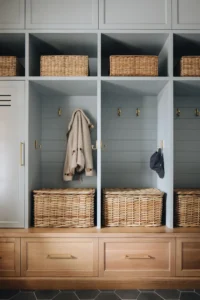In the past, wood was a key material for transportation. From sailing ships to steam engines, the amount of lumber used for travel was enormous. Let’s explore how much wood was needed to travel certain distances, using some examples from history.
Wooden Sailing Ships
During the Age of Exploration, wooden ships like galleons and frigates were built almost entirely from wood. Building one ship could use 2,000 to 4,000 trees.
For example, a galleon crossing the Atlantic (about 3,000 miles) didn’t burn wood as fuel, but repairs during long voyages could use 100-200 trees per year.
Steam Trains
Early steam trains burned wood for fuel. A steam engine could use about 2,000 pounds of wood per hour. Here’s how that adds up:
- A 50-mile trip might need 2.5 tons of wood.
- One large tree provides about 2 tons of wood, so every 50 miles would use more than one tree.
A long trip, like 1,000 miles across the U.S., could use 500 trees for fuel alone.
Paddle Steamers on Rivers
In the 19th century, paddle steamers were common on rivers like the Mississippi. They burned a lot of wood. A 100-mile trip could use 10 cords of wood—equal to about 20 trees. With frequent trips, they quickly used up nearby forests.
Today, most vehicles use gas or electricity, but what if we used wood instead?
- A car that goes 30 miles per gallon of gas would need about 80 pounds of wood per gallon.
- A 900-mile trip would use about 2,400 pounds of wood, or roughly 1.2 trees.
What We Can Learn
The heavy use of wood for travel in the past put a lot of pressure on forests. Even though we’ve moved away from wood as a main energy source, it’s a reminder to use resources wisely and protect our forests. Looking back helps us appreciate the need for sustainable practices today.






